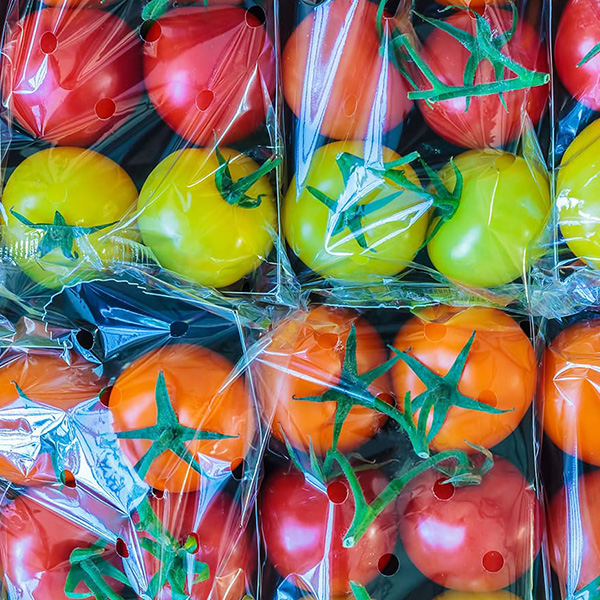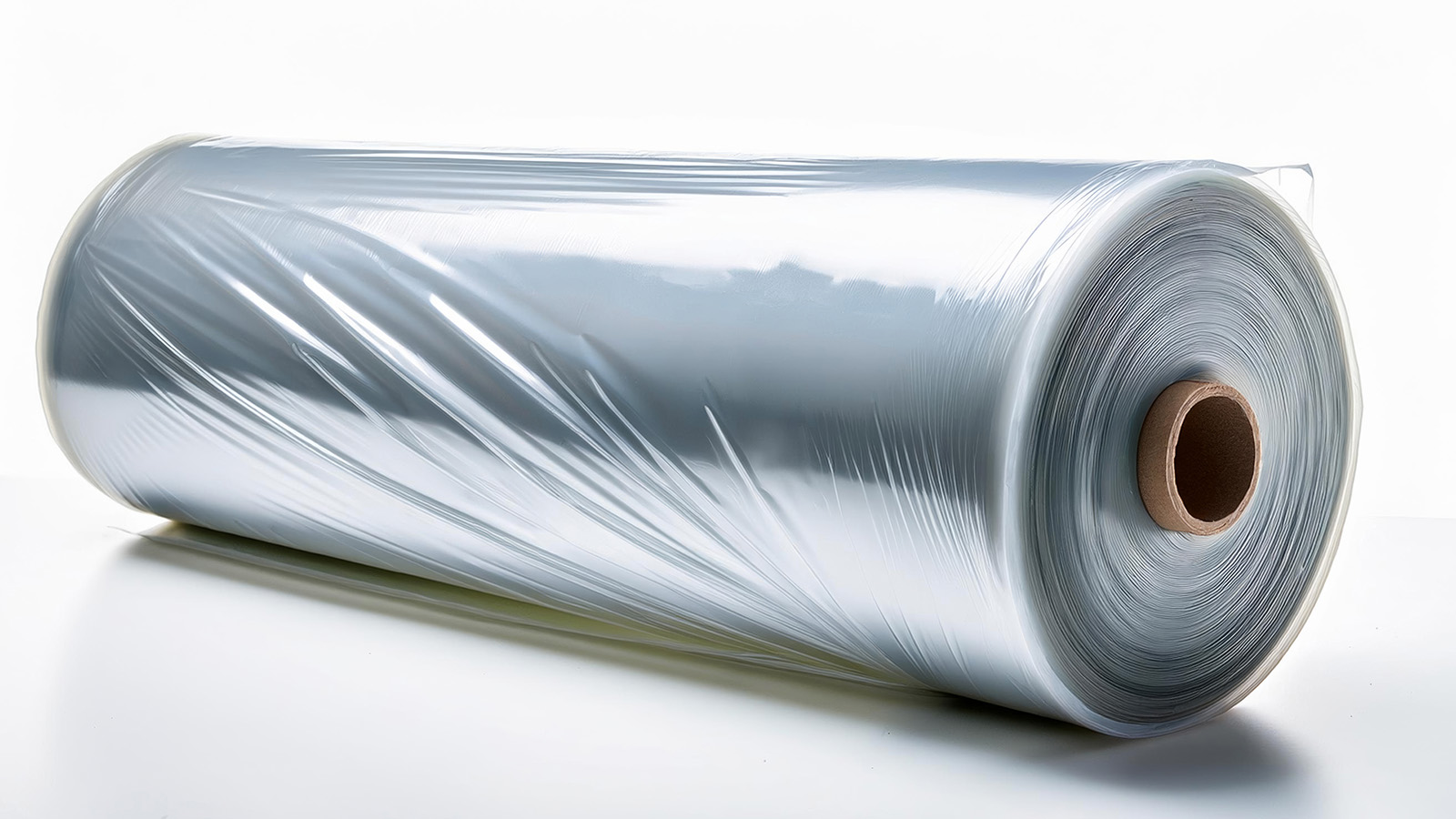
Low-Density Polyethylene (LDPE) film has become a top choice for sanitation packaging due to its flexibility, strength, and cost-effectiveness. Industries that rely on strict hygiene standards—like medical, food services, and sanitation—find LDPE ideal for protecting products from contamination while keeping packaging costs low.
What is LDPE Film?
LDPE is a thermoplastic made from ethylene, known for its durability and moisture-resistant properties. This makes it an excellent choice for packaging materials that need to withstand handling while keeping their contents secure and clean. Its lightweight and flexible nature allows it to be formed into different shapes, such as pouches or liners, making it adaptable to various sanitation applications.
Key Benefits of LDPE for Sanitation Packaging
Durability
LDPE film is highly durable and tear-resistant, ensuring sanitation products remain intact during storage and transportation. This durability makes it perfect for packaging items like disposable gloves, sterilization tools, and cleaning materials.
Moisture Resistance
LDPE provides an excellent moisture barrier, protecting hygiene products from contamination by external elements, which is critical for maintaining sanitation standards.
Flexibility
As a highly flexible material, LDPE can be used for multiple types of packaging, from wrapping large sanitation tools to smaller hygiene products like wipes.
Cost-Effectiveness
Compared to other packaging materials, LDPE is affordable to produce, making it ideal for companies needing to scale production while keeping costs in check.
Recyclability
Although LDPE is plastic, it is recyclable, contributing to sustainability goals for companies looking to reduce environmental impact.

LDPE Use Cases in Sanitation
LDPE’s versatility allows it to meet the packaging needs of several industries.
Healthcare & Medical
Used in sterile packaging for medical instruments, gloves, and single-use items. LDPE protects these products from contaminants while maintaining sterility.
Food Safety
In the food service industry, LDPE is used for packaging hygiene products like sanitation wipes and disposable gloves, keeping them fresh and free from contamination.
Industrial Cleaning
Industrial cleaning supplies, including large cleaning agents and tools, are packaged in LDPE to ensure safety and sanitation during transport and storage.
Comparing LDPE to Other Materials
When compared to High-Density Polyethylene (HDPE) and biodegradable films, LDPE offers a unique combination of strength, flexibility, and moisture resistance. HDPE may be stronger, but LDPE’s flexibility makes it more suitable for sanitation packaging. Biodegradable films, while eco-friendly, may not always provide the durability or moisture barrier that LDPE offers, making LDPE a more reliable choice for strict sanitation standards.
Environmental Considerations and Future Outlook
While LDPE is a form of plastic, it’s important to note that it is recyclable, reducing its environmental impact. Many companies are also exploring ways to incorporate recycled LDPE into new packaging, contributing to sustainability efforts without compromising on quality.
Low-Density Polyethylene (LDPE) film is an ideal material for sanitation packaging due to its combination of durability, moisture resistance, flexibility, and cost-efficiency. Its ability to protect products in high-hygiene industries like medical, food safety, and industrial cleaning makes it the preferred choice for businesses that prioritize cleanliness and product integrity.


